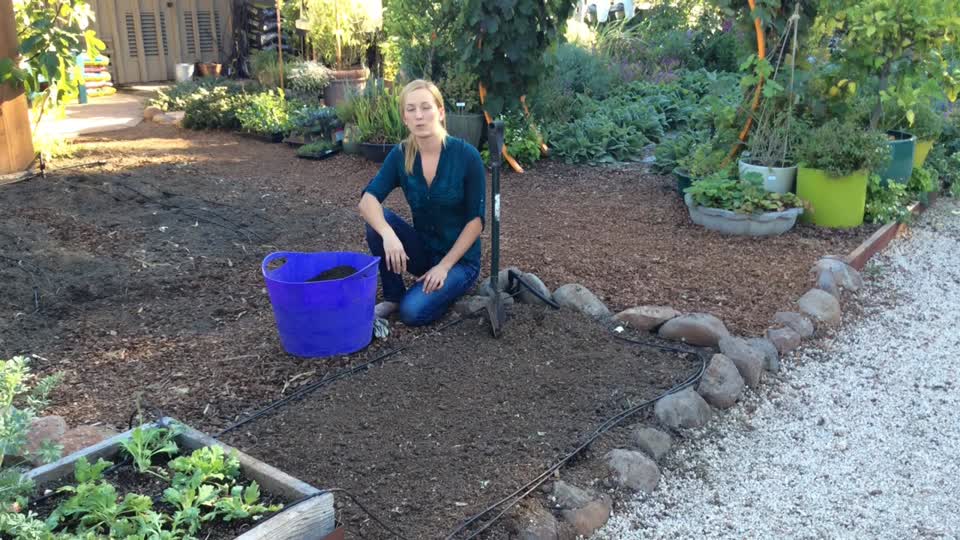
Add Used Coffee Grounds to Your Garden Soil and Get Amazing Results
Lab report: Those Starbucks coffee grounds really are good for your soil

Used coffee grounds make good soil amendments. That’s the buzz among gardeners lately. But what do your coffeepot’s leftovers really add to the soil?
To find out, Sunset sent a batch of Starbucks’ used coffee grounds―the company gives them away for free―to a soil lab for analysis. Turns out the grounds provide generous amounts of phosphorus, potassium, magnesium, and copper.
They also release nitrogen into the soil as they degrade. And they’re slightly acidic―a boon in the Western climate.
Dig or till them into the soil to a depth of 6 to 8 inches.
